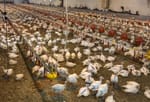South Dakota’s billion-dollar outdoor recreation economy boomed in 2020, providing a much-needed economic boost in several business sectors while giving hope to wildlife management agencies that they can reverse a long-term decline in the number of licensed hunters and anglers.
As movie theaters closed, concerts were canceled, stores shut down and other indoor activities were curtailed by efforts to slow the spread of COVID-19, tens of thousands of South Dakotans turned to the outdoors for stress relief and entertainment in 2020. State park visitation reached near-record levels; online birding groups saw membership skyrocket; campgrounds struggled to keep up with demand and the sale of hunting and fishing licenses boomed.
Despite waiving entry fees and not collecting visitor information for almost two months at the start of the pandemic, state park visitation in 2020 has been roughly 31% higher than it was in 2019, said Al Nedved, deputy director of the South Dakota Game Fish and Parks Department’s parks division.
“It was pretty evident early on that the outdoors were going to be a place where people could exercise or just relax or whatever they like to do and do it safely,” Nedved said.
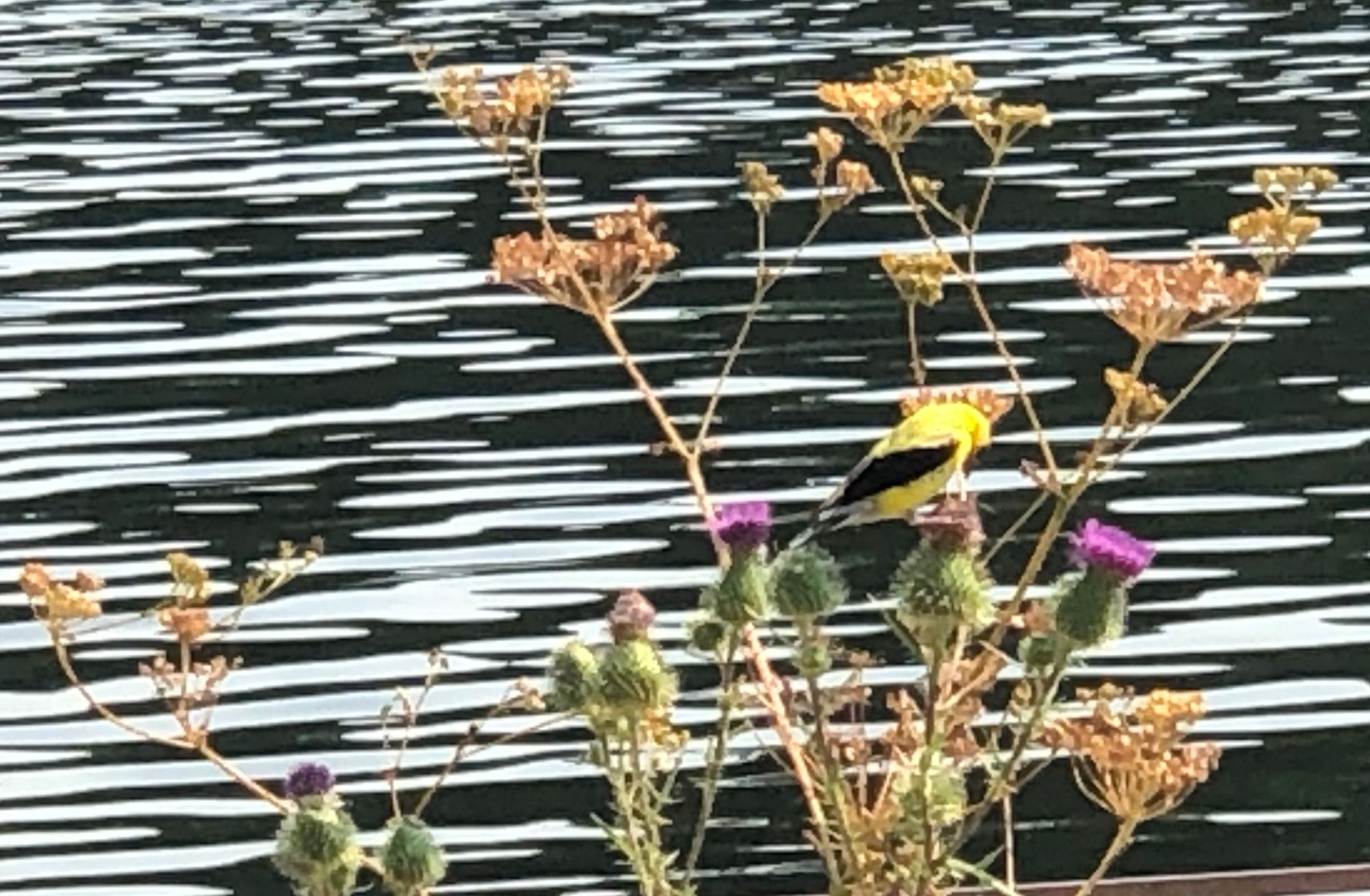
The South Dakota Ornithologists’ Union, which runs the state’s premier bird-watching webpage and social media accounts, has seen a big jump in activity and membership requests, said president Kent Jensen.
“I would say activity on our Facebook page has increased several hundred percent since the pandemic began,” Jensen said. “I’m probably getting two or three membership requests a day.”
Similarly, the Sioux Empire Paddlers, one of the state’s largest canoeing and kayaking organizations, grew to 280 members, a record number. The lakes around Sioux Falls often were crowded with people paddling canoes and kayaks, said Sioux Empire Paddlers member Jessica Taylor.
“I definitely noticed a large increase in the number of people not only paddling with us but also just out at the lakes fishing or swimming. I took up whitewater kayaking this year and did a lot of skills practice out at Lake Alvin,” Taylor said. ”My boyfriend and I were there nearly every weekday evening in April, May and June. Sometimes parking was limited because there were so many people.”
Meanwhile, classes on everything from archery to plant identification have been filling up quickly when staff at the Game, Fish & Parks Department Outdoor Campus in Sioux Falls post them online, said campus director David Parker.
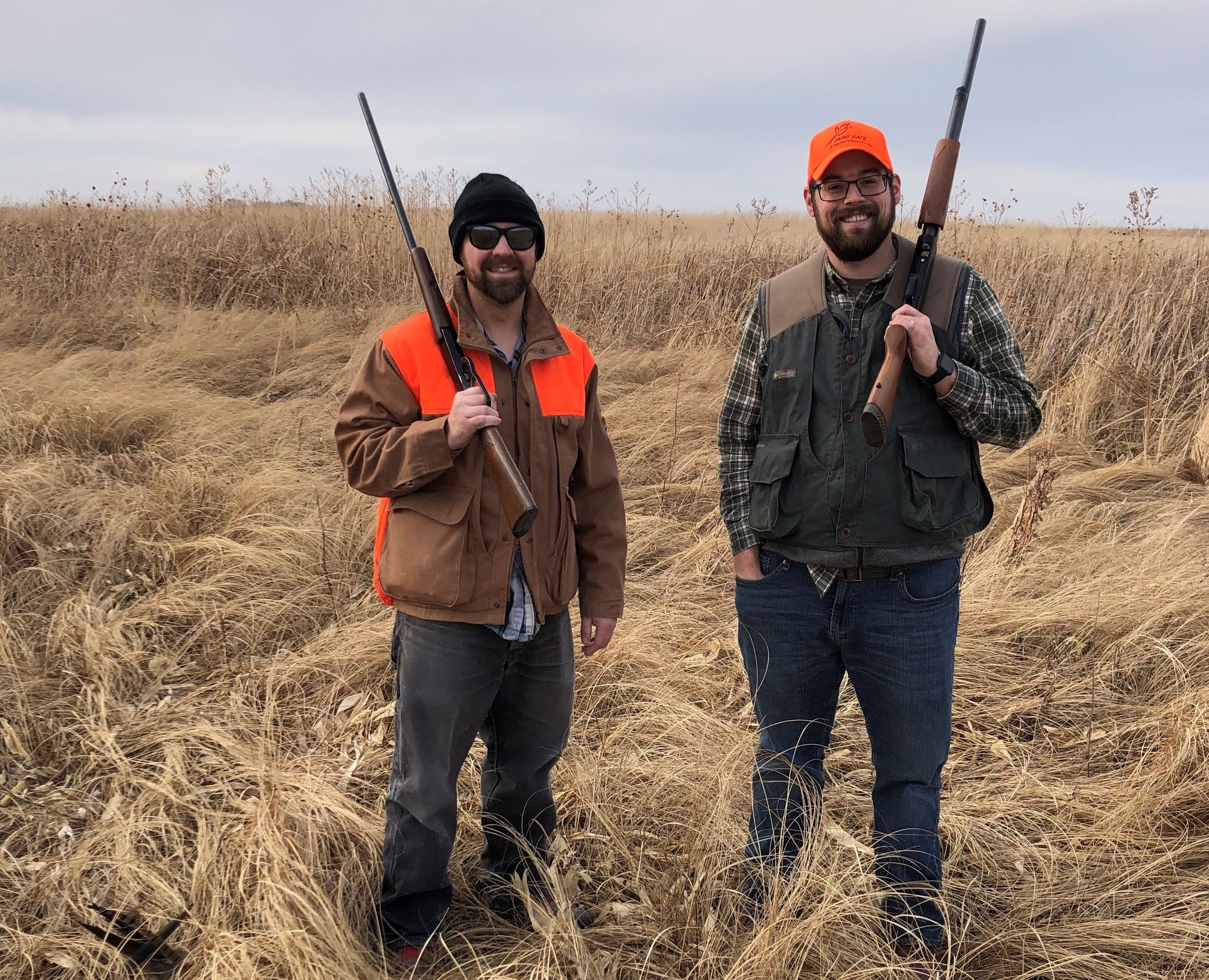
“There just seemed to be a large interest in getting outside,” Parker said.
Increased participation in outdoor recreation likely is good news for the South Dakota economy. The most recent state estimates the overall economic value of outdoor recreation at more than $1.9 billion annually. Outdoor enthusiasts are a significant driver of the state’s environmental conservation efforts. For example, hunters and anglers fund most state wildlife and habitat conservation efforts by buying licenses and paying excise taxes on equipment.
While it isn’t surprising that more people headed outdoors during the pandemic, what has been surprising nationally and in South Dakota is a sharp rise in the number of people who gave hunting and fishing a try.
For the first time in several years, hunting and fishing license sales to state residents increased in South Dakota. Together, resident hunting and fishing license sales rose 6.7%, and roughly one-quarter of 2020 licenses were sold to hunters or anglers who had not bought a license since at least 2017. New and returning hunters and anglers were a critical part of a $2.6 million increase in license sales revenue for the GFP.
“This year was huge,” said Taniya Bethke, the education and recruitment, reactivation and retention coordinator for the Game, Fish and Parks wildlife division. She is responsible for the departmental efforts to recruit new hunters.
Before 2020, there had been a decades-long, nationwide decline in the number of licensed hunters and anglers, a population that has historically been dominated by white, male Baby Boomers. Younger generations have not been recruited into hunting or fishing fast enough to replace aging and dying boomers, which created a looming crisis for conservation funding.
Hunters and anglers provide the vast majority of funding for the state wildlife agencies responsible for most wildlife management and conservation work in the U.S.
In South Dakota, more than 96% of the GFP Wildlife Division’s $58.5 million budget consists of either license sales revenue or federal grants derived from excise taxes levied on guns, ammunition and fishing equipment.
State wildlife managers have tried everything from simplifying regulations to providing beginner hunting classes to reverse the decline of hunting and fishing participation in the U.S., Bethke said. South Dakota has also created loaner equipment programs, and staff are working to include more images of women and people of color in marketing materials. One of the biggest barriers to hunter and angler recruitment has been the stereotypical image of a hunter being an older, white male, Bethke said.
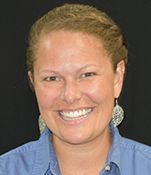
“I didn’t hunt for years because I thought I did not belong in that population of people. I found nothing in common with the people that hunted until I moved here, and I saw people that share value sets, and I saw women and young mothers hunting,” Bethke said. “Removing that stereotype barrier can be really powerful.”
The COVID-19 pandemic appears to have given hundreds of thousands of Americans an excuse or just enough time to give hunting or fishing a try. Michigan, for example, saw a 67% increase in the number of first-time buyers of hunting licenses. Nevada saw a 50% increase in its hunting license sales.
In South Dakota, the sale of fishing licenses in 2020 outstripped the state’s three-year average of license sales by more than 33,000. In all, South Dakotans bought more than 170,000 fishing licenses during 2020; the three-year average for resident fishing license sales was 137,012.
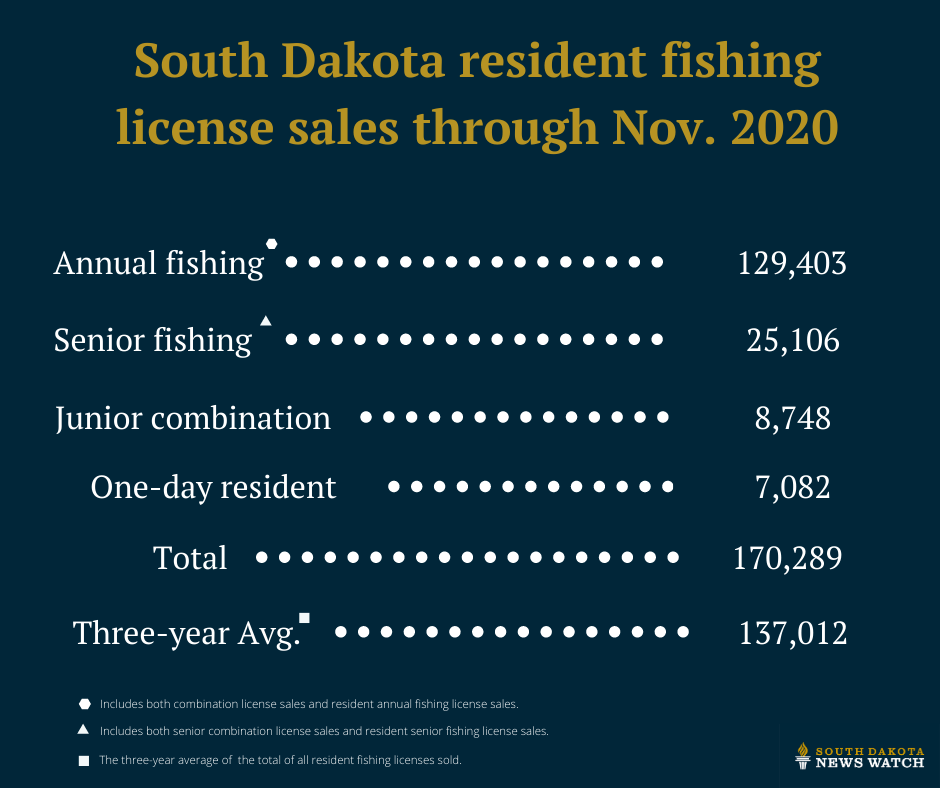
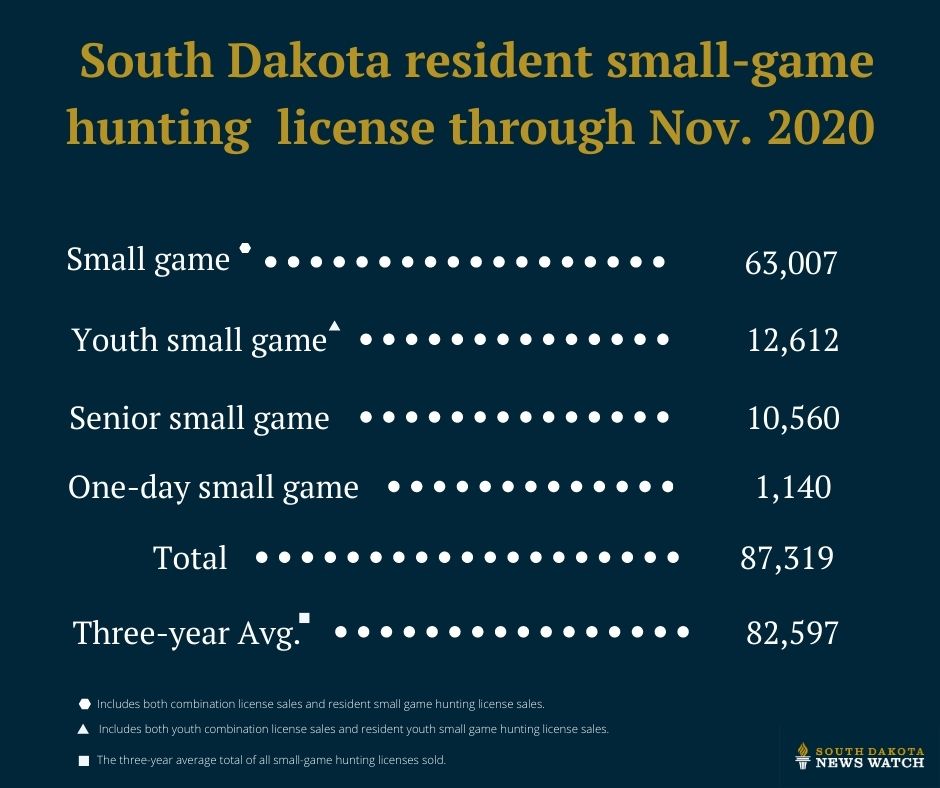
Meanwhile, resident small-game hunting license sales beat the three-year average by more than 4,700 for a total of 87,319 licenses sold in 2020. The three-year average for resident small-game hunting license sales was 82,597. The number of deer hunting licenses South Dakota issues is preset based on deer populations and does not fluctuate due to hunter demand.
Lacy Elrod was one of the thousands of new and returning hunters in South Dakota in 2020. She spent several unusually warm November afternoons in the Black Hills National Forest hunting for a white-tailed deer to feed her family.
“I’m very passionate about conservation, so this is a really great way for me to participate in conservation as well as to help manage populations,” said Elrod, director of the GFP Outdoor Campus West in Rapid City.
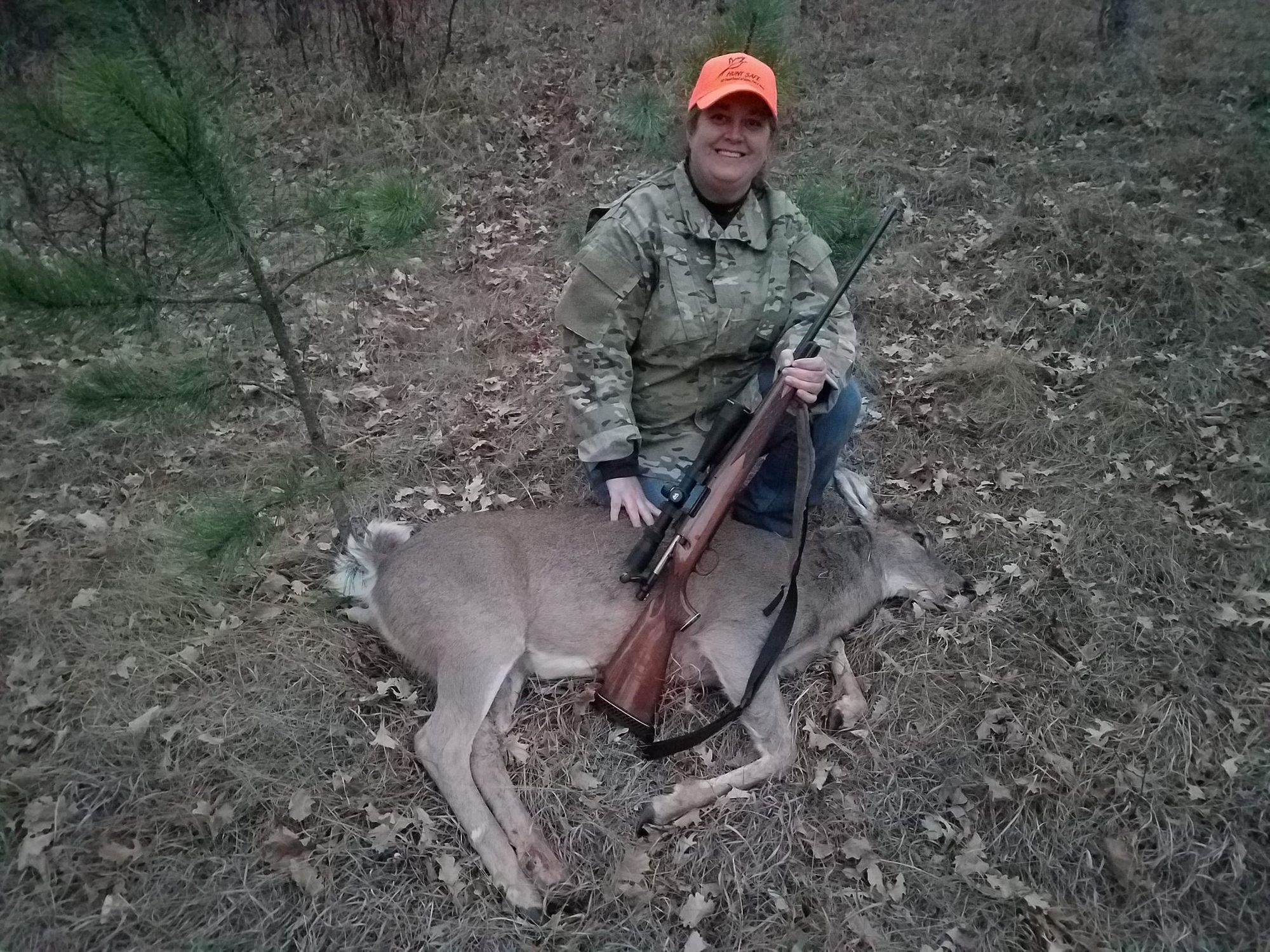
Elrod had hunted deer a few times with her father while growing up but quit hunting in high school. She returned to hunting in 2020 thanks, in part, to a GFP program called Hunting 101. The program helps novice hunters learn basics such as finding places to hunt, hunting regulations and species identification as well as safety. New hunters also are paired up with a mentor to help get them through their first hunt.
Eventually, Elrod was able to kill a whitetail doe.
“Learning how to field-dress my deer for the first time was a great experience from the get-go. Then getting it back to where we could butcher it gave me a sense of pride that I had provided for my family,” Elrod said.





